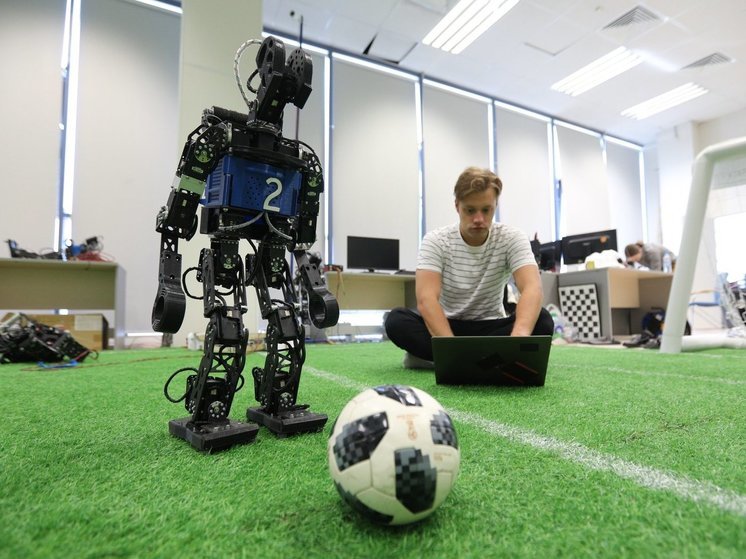The “man-machine” team will have to prove their ability to overcome difficulties
The Federal Agency for Technical Regulation and Metrology (Rosstandart) adopted a group of new national standards for testing robots designed to work in extreme conditions. . Mechanical assistants will be tested on their ability to overcome barriers, go up and down steps, and turn around on terrain.

The standards describe how a remotely controlled ground robot should be tested to perform tasks in complex and often dangerous environments, such as emergency response. All standards have been introduced to replace existing ones. Their main difference from their predecessors — the fact that now during the tests both the robot and the one who controls it will have to show their qualifications.
The main principle for assessing the performance of the team of the robot and the operator will not change: the number of tests performed without a single error must be more than 80%. Thus, the robot has no right to make any mistakes if it performs the test task 10 times. That is, he needs to go from start to finish and back 10 times, fitting into all the turns and bottlenecks of the test bench, overcoming all obstacles along the way, for example, barriers of different heights and configurations, stepped ascents and descents, etc. If there are 20 attempts, then one failure is allowed, 30 — already three, 60 — eight. In this case, the operator should not have visual contact with either the robot or the test bench, that is, use only the control console of the unmanned vehicle.


